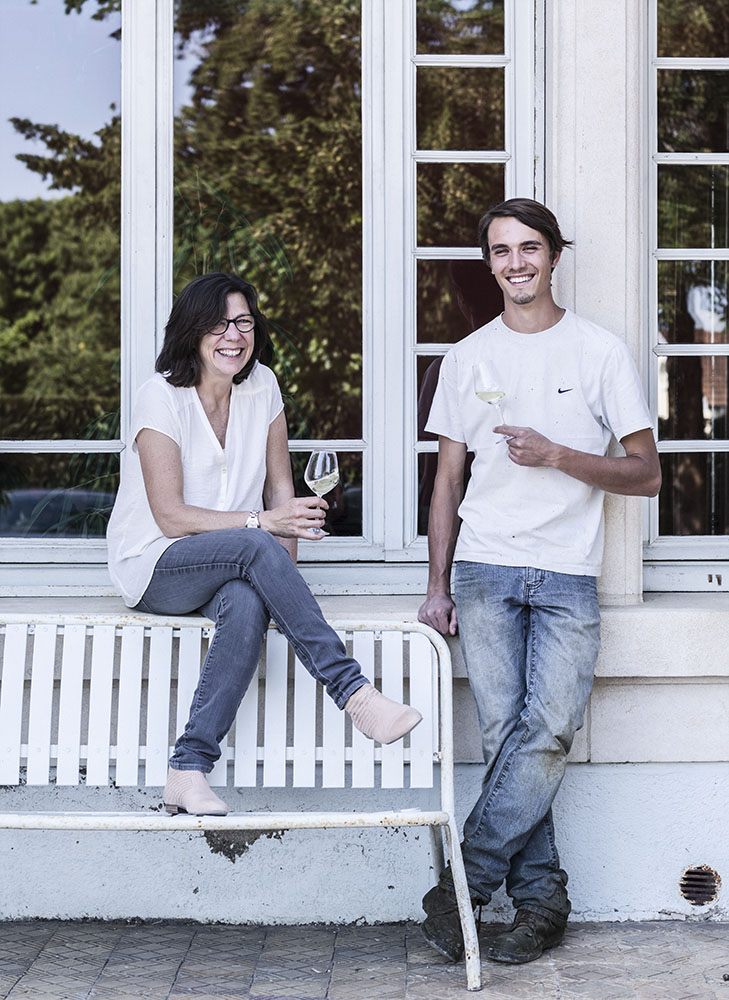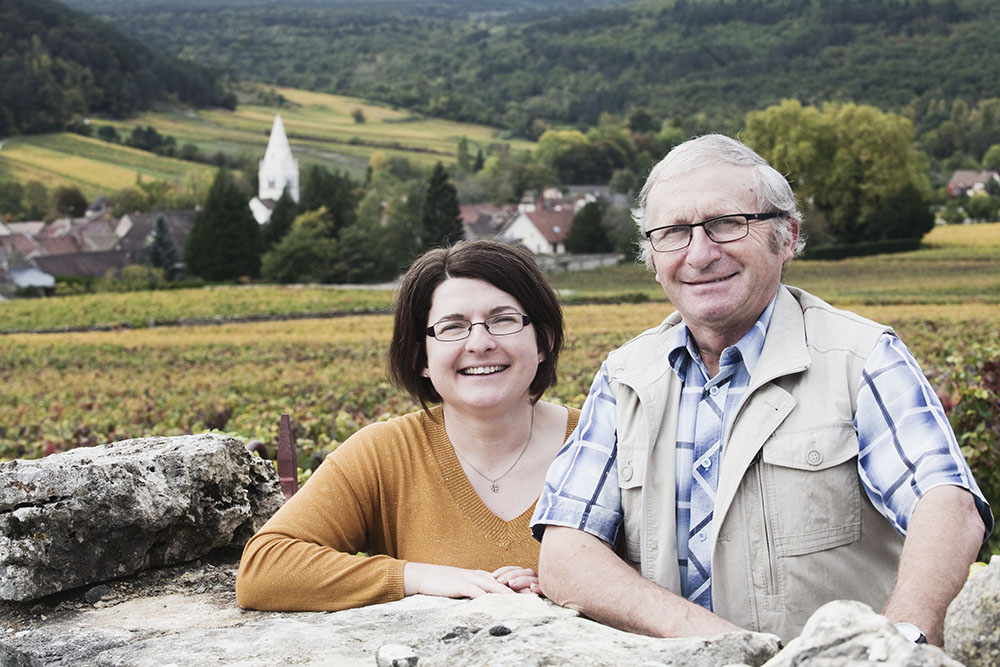With tiny parcels in nearby Meursault, Pommard and Volnay, the domaine has built up a steady market of visiting wine lovers from Belgium, Denmark, Germany and Italy. Today, a visitor from Denmark asks about the recent vintage as Michel pours samples and complains about the summer heat.
“We came to buy Meursault,” the Danish customer tells me, “but after tasting the Auxey, we got more of that instead.”
Prunier’s Auxey-Duresses Vieilles Vignes Blanc 2015 could almost sub for a fat, mineral-laden Meursault, while the winery’s single-vineyard reds typically display the power of Pommard with the softness of Volnay.
Drive north from Beaune and you pass all the famous vineyards until you get to Fixin, a village half the size of Bloomfield, ON, or one-third of Naramata, BC.
In one of the northernmost villages of the Côte-d’Or — it’s next door to Gevrey-Chambertin — I found a young graduate winemaker, Amélie Berthaut, the seventh generation to take the helm at Domaine Berthaut-Gerbet. At one time, the wines were sold off in bulk. But Berthaut’s grandfather started bottling the wines, which tended to be tannic, tough and on the rustic side. His granddaughter now makes clean, fruit-driven wines that proudly show the strong and earthy characteristics of the terroir. The wines can seem tough at first, but there’s plenty of fruit to balance the stony, gamey, tannic nature of the appellation. Village wines can age six to nine years, Premier Crus can go for more than 15.
Over hill and dale, I go again to the southernmost village in the Côte-d’Or, Santenay, where American expat Megan McClune is the new general manager at Domaine Jessiaume.
The 150-year-old estate was in tremendous disrepair when Scottish multi-millionaire Sir David Murray saw an opportunity and snapped it up in 2006. After some early missteps, the winery turned to McClune and a new winemaking team. In the past couple of years, the improvements have been dramatic and the wines show it.
Just down the road and over another hill, Françoise Feuillat-Juillot has single-handedly run the Domaine Feuillat-Juillot in Montagny, while managing a growing family since her husband died in 2004.
Since completing degrees in international trade and oenology, daughter Camille has started to take part in the production, administration and marketing of the wines.



